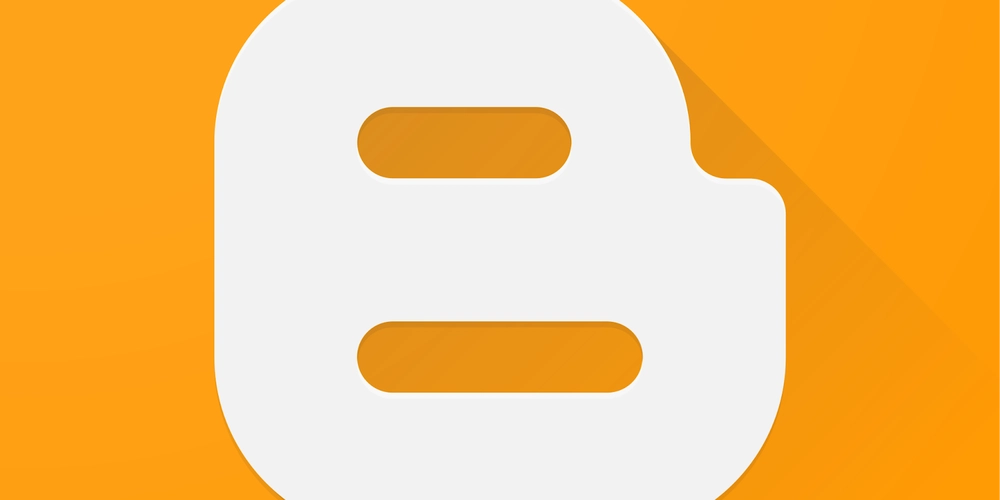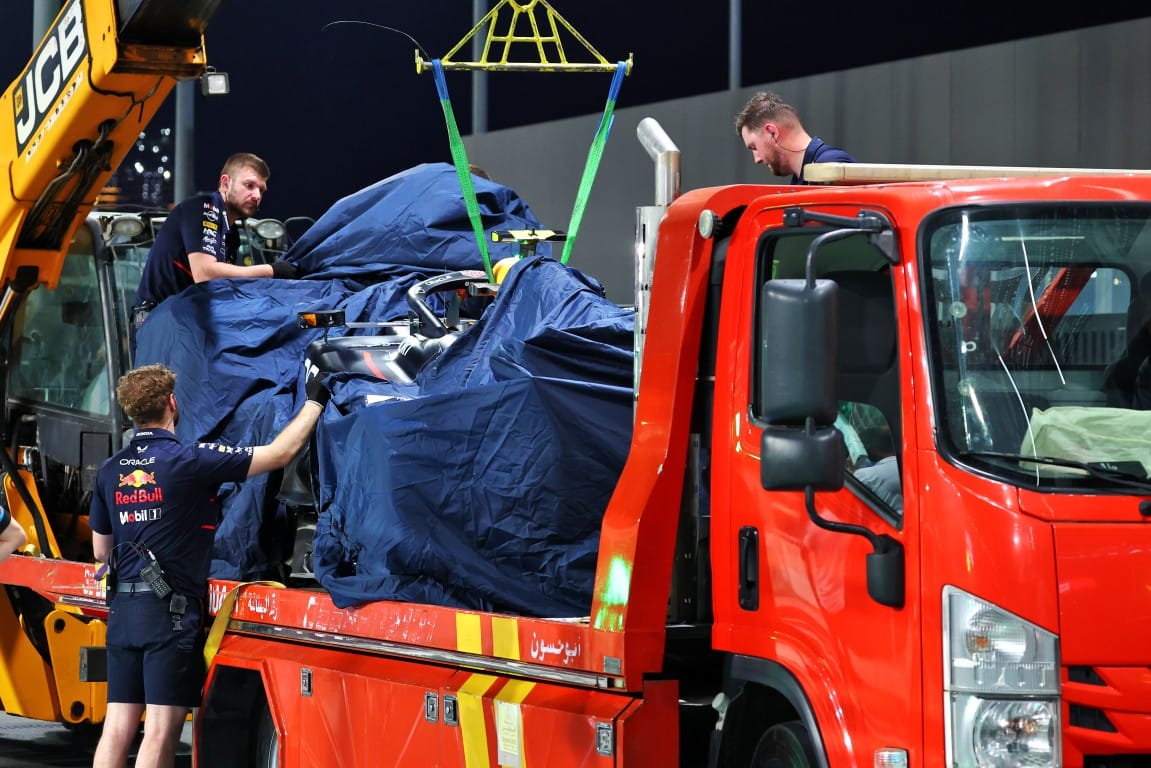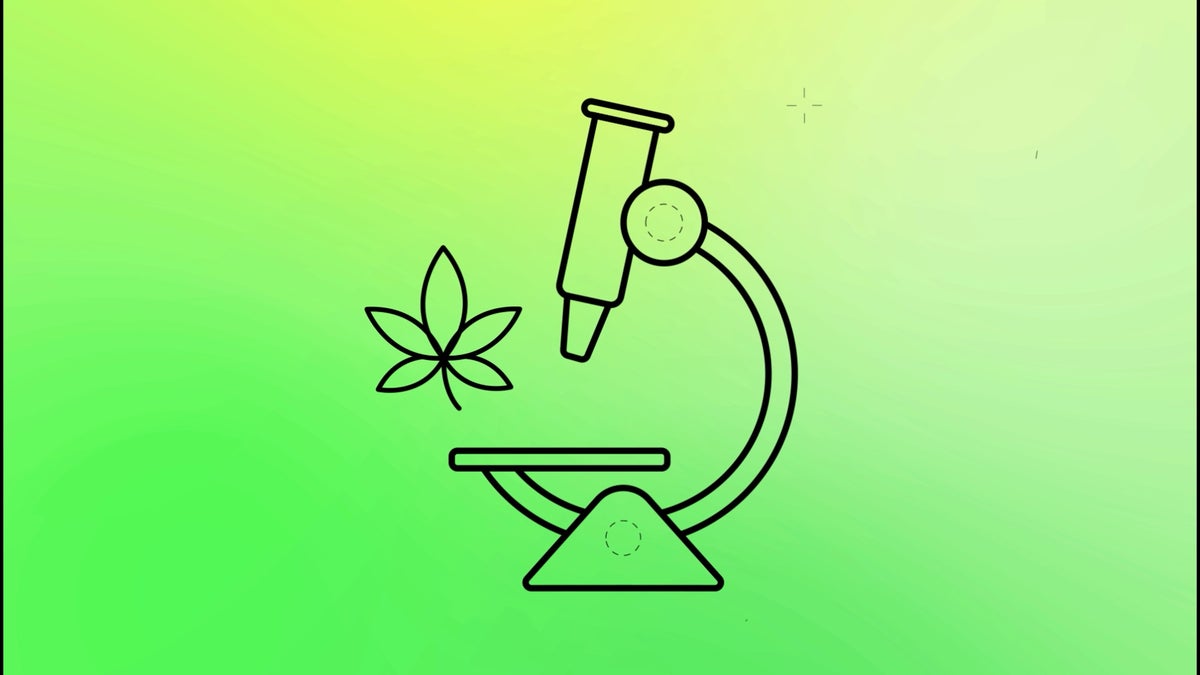Monitoring and Tracking System Development
Monitoring and tracking systems are essential tools for businesses and organizations to oversee operations, manage resources, and improve efficiency. Whether it's tracking inventory, monitoring network performance, or overseeing employee productivity, effective systems help in making informed decisions. In this post, we will explore the key components of monitoring and tracking system development, popular technologies, and best practices. What is a Monitoring and Tracking System? A monitoring and tracking system is software designed to collect, analyze, and display data related to specific processes, assets, or activities. These systems help organizations keep tabs on critical metrics in real-time, identify trends, and respond proactively to issues. Key Features of Monitoring and Tracking Systems Data Collection: Gather data from various sources, including sensors, APIs, or user inputs. Real-Time Monitoring: Provide live data updates and alerts for immediate response. Reporting and Analytics: Generate reports and visualizations to analyze historical data and trends. Notifications and Alerts: Notify users of significant events, thresholds, or anomalies. User Management: Manage user roles, permissions, and access levels. Common Applications of Monitoring and Tracking Systems Inventory Management: Track stock levels and manage supply chains. Network Monitoring: Monitor network performance, bandwidth usage, and downtime. Employee Productivity: Track work hours, task completion, and performance metrics. Environmental Monitoring: Collect data on air quality, temperature, and other environmental factors. Asset Tracking: Monitor the location and status of equipment or vehicles. Technology Stack Suggestions Frontend: React.js, Angular, or Vue.js for creating interactive user interfaces. Backend: Node.js, Django, or Flask for handling server-side logic and data processing. Database: PostgreSQL, MySQL, or MongoDB for storing data. APIs: Use RESTful or GraphQL APIs for data exchange between frontend and backend. Data Visualization: Libraries like Chart.js, D3.js, or Plotly for graphical representation of data. Sample API Endpoint for Monitoring Data (Node.js Example) const express = require('express'); const bodyParser = require('body-parser'); const app = express(); app.use(bodyParser.json()); let monitoringData = []; // Mock database for monitoring data // Endpoint to receive monitoring data app.post('/api/data', (req, res) => { const data = req.body; monitoringData.push(data); res.status(201).send({ message: 'Data received successfully!' }); }); // Endpoint to retrieve monitoring data app.get('/api/data', (req, res) => { res.send(monitoringData); }); app.listen(3000, () => { console.log('Server is running on port 3000'); }); Best Practices for Developing Monitoring and Tracking Systems Define clear objectives and requirements before starting development. Ensure data accuracy and reliability by implementing validation checks. Design an intuitive user interface to simplify data interpretation. Incorporate scalability in your architecture to handle growing amounts of data. Implement security measures to protect sensitive data and ensure user privacy. Challenges in Monitoring and Tracking System Development Handling large volumes of data and ensuring efficient processing. Integrating with existing systems and ensuring compatibility. Maintaining data accuracy amidst changes in the environment or processes. Ensuring real-time performance and responsiveness. Conclusion Monitoring and tracking systems are vital for organizations to enhance efficiency, make informed decisions, and respond quickly to issues. By leveraging the right technologies and adhering to best practices, you can build robust systems that provide real-time insights and drive operational excellence. Start small, focus on user needs, and iterate to create impactful solutions in monitoring and tracking.

Monitoring and tracking systems are essential tools for businesses and organizations to oversee operations, manage resources, and improve efficiency. Whether it's tracking inventory, monitoring network performance, or overseeing employee productivity, effective systems help in making informed decisions. In this post, we will explore the key components of monitoring and tracking system development, popular technologies, and best practices.
What is a Monitoring and Tracking System?
A monitoring and tracking system is software designed to collect, analyze, and display data related to specific processes, assets, or activities. These systems help organizations keep tabs on critical metrics in real-time, identify trends, and respond proactively to issues.
Key Features of Monitoring and Tracking Systems
- Data Collection: Gather data from various sources, including sensors, APIs, or user inputs.
- Real-Time Monitoring: Provide live data updates and alerts for immediate response.
- Reporting and Analytics: Generate reports and visualizations to analyze historical data and trends.
- Notifications and Alerts: Notify users of significant events, thresholds, or anomalies.
- User Management: Manage user roles, permissions, and access levels.
Common Applications of Monitoring and Tracking Systems
- Inventory Management: Track stock levels and manage supply chains.
- Network Monitoring: Monitor network performance, bandwidth usage, and downtime.
- Employee Productivity: Track work hours, task completion, and performance metrics.
- Environmental Monitoring: Collect data on air quality, temperature, and other environmental factors.
- Asset Tracking: Monitor the location and status of equipment or vehicles.
Technology Stack Suggestions
- Frontend: React.js, Angular, or Vue.js for creating interactive user interfaces.
- Backend: Node.js, Django, or Flask for handling server-side logic and data processing.
- Database: PostgreSQL, MySQL, or MongoDB for storing data.
- APIs: Use RESTful or GraphQL APIs for data exchange between frontend and backend.
- Data Visualization: Libraries like Chart.js, D3.js, or Plotly for graphical representation of data.
Sample API Endpoint for Monitoring Data (Node.js Example)
const express = require('express');
const bodyParser = require('body-parser');
const app = express();
app.use(bodyParser.json());
let monitoringData = []; // Mock database for monitoring data
// Endpoint to receive monitoring data
app.post('/api/data', (req, res) => {
const data = req.body;
monitoringData.push(data);
res.status(201).send({ message: 'Data received successfully!' });
});
// Endpoint to retrieve monitoring data
app.get('/api/data', (req, res) => {
res.send(monitoringData);
});
app.listen(3000, () => {
console.log('Server is running on port 3000');
});
Best Practices for Developing Monitoring and Tracking Systems
- Define clear objectives and requirements before starting development.
- Ensure data accuracy and reliability by implementing validation checks.
- Design an intuitive user interface to simplify data interpretation.
- Incorporate scalability in your architecture to handle growing amounts of data.
- Implement security measures to protect sensitive data and ensure user privacy.
Challenges in Monitoring and Tracking System Development
- Handling large volumes of data and ensuring efficient processing.
- Integrating with existing systems and ensuring compatibility.
- Maintaining data accuracy amidst changes in the environment or processes.
- Ensuring real-time performance and responsiveness.
Conclusion
Monitoring and tracking systems are vital for organizations to enhance efficiency, make informed decisions, and respond quickly to issues. By leveraging the right technologies and adhering to best practices, you can build robust systems that provide real-time insights and drive operational excellence. Start small, focus on user needs, and iterate to create impactful solutions in monitoring and tracking.










































































